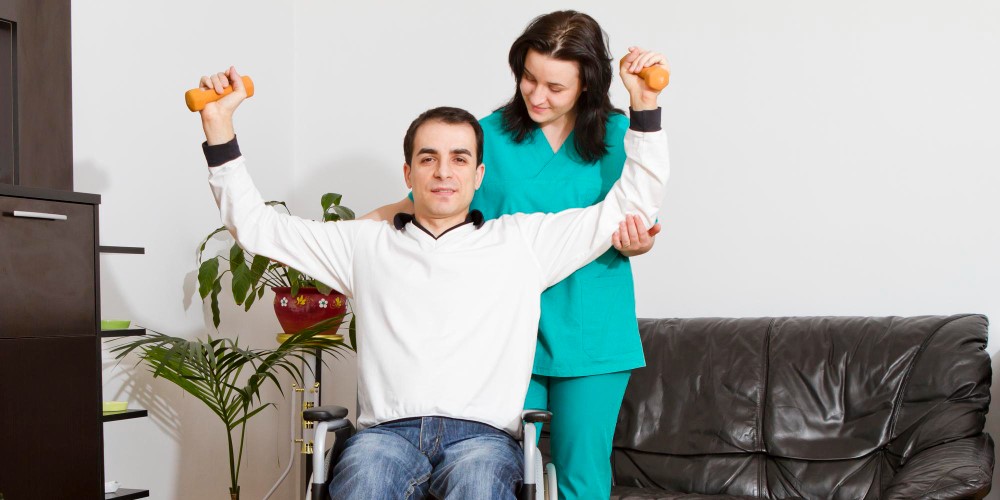
Ulna and Radius Fractures
Ulna and radius fractures involve breaks in the two long bones of the forearm and can result from various causes. Understanding the causes, types, treatment options, and recovery process for ulna and radius fractures is crucial for individuals facing this orthopedic injury.
Causes of Ulna and Radius Fractures
Ulna and radius fractures often occur due to trauma or direct impact on the forearm. Falls, sports injuries, or motor vehicle accidents can generate enough force to cause fractures in one or both of these bones. The nature and extent of the fracture depend on the force applied and the position of the arm during impact.

Types of Ulna and Radius Fractures
Fractures of the ulna and radius can manifest in various ways. Common types include:
- 1. Radius Fractures: These can occur at different locations along the bone, such as the distal (near the wrist), mid-shaft, or proximal (closer to the elbow) regions.
- 2. Ulna Fractures: Similar to radius fractures, ulna fractures can occur at different locations, with fractures often observed at the olecranon (near the elbow) or the shaft.
- 3. Both Bone Fractures: In some cases, both the ulna and radius may fracture simultaneously, requiring comprehensive treatment.

Treatment of Ulna and Radius Fractures
The treatment approach depends on the type, location, and severity of the fractures. Stable fractures may be managed with casting or splinting to immobilize the forearm, promoting natural healing. Unstable or displaced fractures may necessitate surgical intervention, involving the use of plates, screws, or intramedullary devices to realign and stabilize the bones.
Recovery and Rehabilitation
Recovery from ulna and radius fractures involves initial immobilization to allow for bone healing, followed by a gradual reintroduction of movement and function. Physical therapy is essential to improve flexibility, strength, and range of motion in the affected arm. The duration of recovery varies based on the extent of the fractures and the chosen treatment approach.
Complications and Considerations
Potential complications associated with ulna and radius fractures include delayed healing, malunion, or issues with hardware used in surgery. Regular follow-up appointments and close monitoring by healthcare professionals are essential to address any emerging concerns promptly.
Life After Ulna and Radius Fractures
Life after ulna and radius fractures typically involves a phased return to normal activities. Adherence to the rehabilitation plan, including prescribed exercises and follow-up appointments, is crucial for optimizing long-term outcomes. While some individuals may experience residual effects, many can regain functionality and resume daily activities with proper care and rehabilitation. Understanding the causes, types, treatment options, and recovery process for ulna and radius fractures empowers individuals and healthcare providers to effectively manage and navigate the challenges associated with this orthopedic injury.